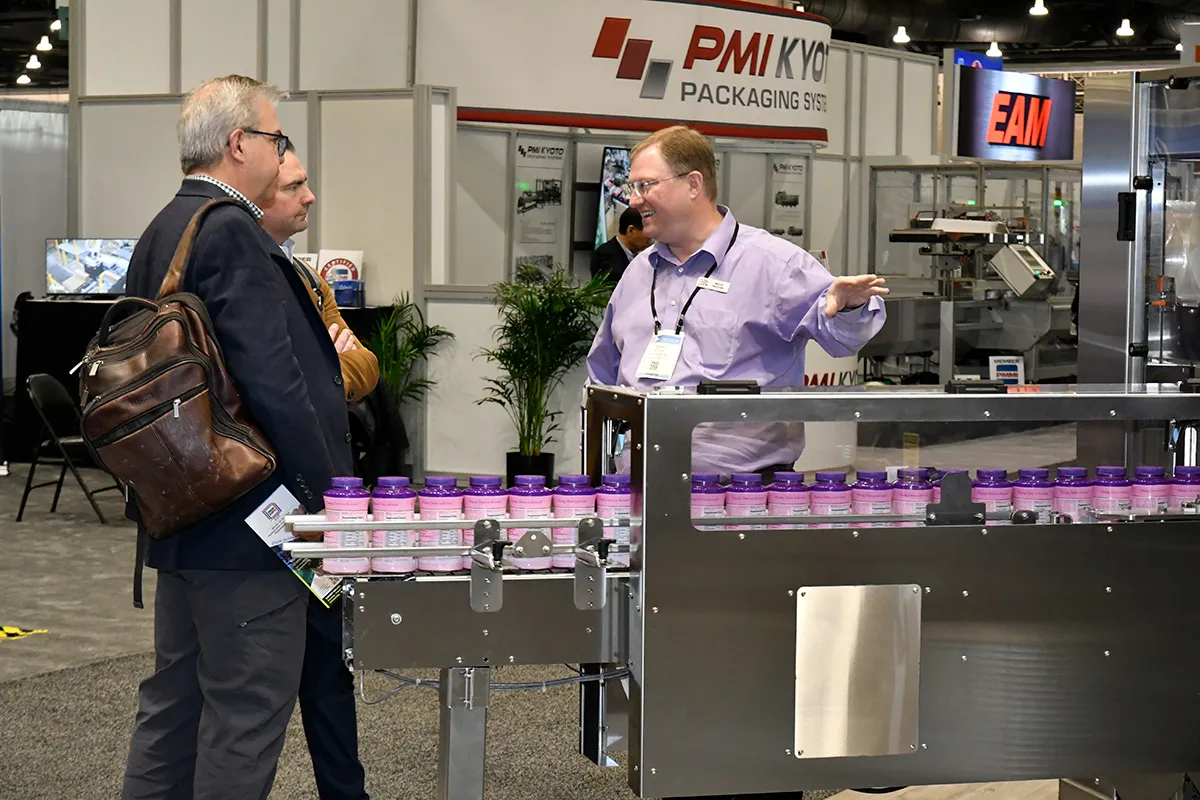PACK EXPO East 2026 is the year’s most comprehensive and forward-looking packaging and processing trade show for the Northeast and Mid-Atlantic regions. Every two years in Philadelphia the event brings cutting-edge technology and solutions from 500 top suppliers to CPG and life sciences companies.
The Premier Packaging & Processing Event on the East Coast
Show Dates & Hours
Tuesday, February 17, 2026
9:00 am - 4:00 pm
Wednesday, February 18, 2026
9:00 am - 4:00 pm
Thursday, February 19, 2026
9:00 am - 3:00 pm
Show Location
Pennsylvania Convention Center
Exhibit Halls C-E
1101 Arch Street
Philadelphia, PA 19107









